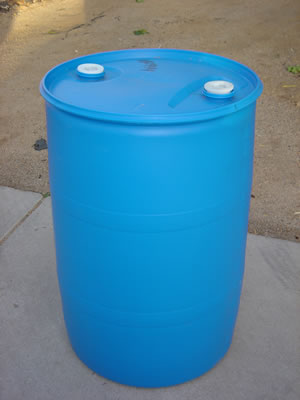Zarathustra[H]
Extremely [H]
- Joined
- Oct 29, 2000
- Messages
- 38,878
I've been toying with the idea of building a WC system for the longest time, but never actually done it.
Since its my first one, I was considering just picking up one of the many kits over on frozenCPU.
One that looked pretty appealing to me was the Swiftech H20-320 EDGE.
What do you guys think of kits like this? I'm trying to make it easier on myself by buying something with all the parts included.
I have seen a few reviews, and while all of them are positive, they haven't been performed by the sites whose testing methodologies I really trust.
I'd appreciate any input you guys can give me!
--Matt
Since its my first one, I was considering just picking up one of the many kits over on frozenCPU.
One that looked pretty appealing to me was the Swiftech H20-320 EDGE.
What do you guys think of kits like this? I'm trying to make it easier on myself by buying something with all the parts included.
I have seen a few reviews, and while all of them are positive, they haven't been performed by the sites whose testing methodologies I really trust.
I'd appreciate any input you guys can give me!
--Matt
![[H]ard|Forum](/styles/hardforum/xenforo/logo_dark.png)
